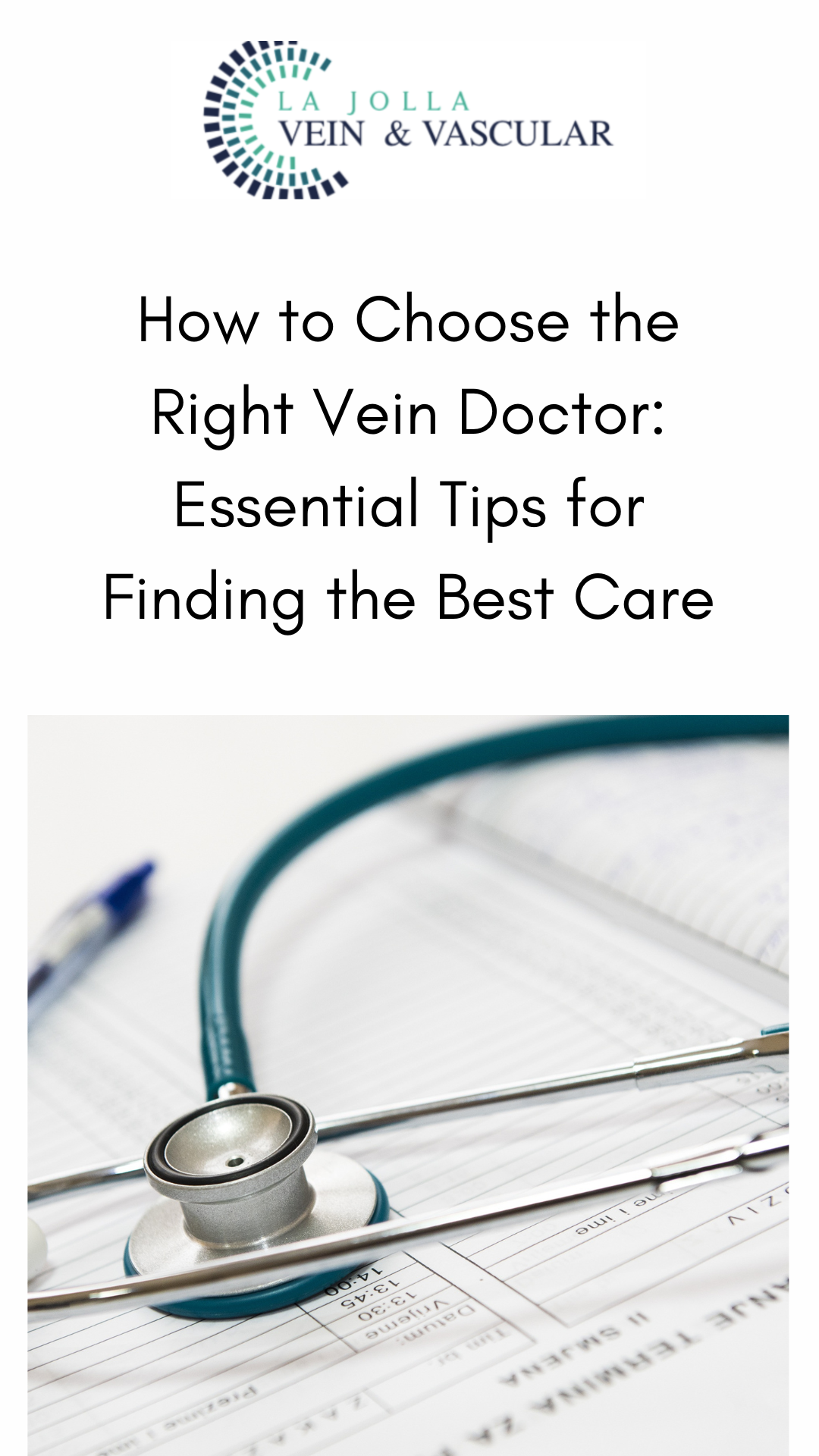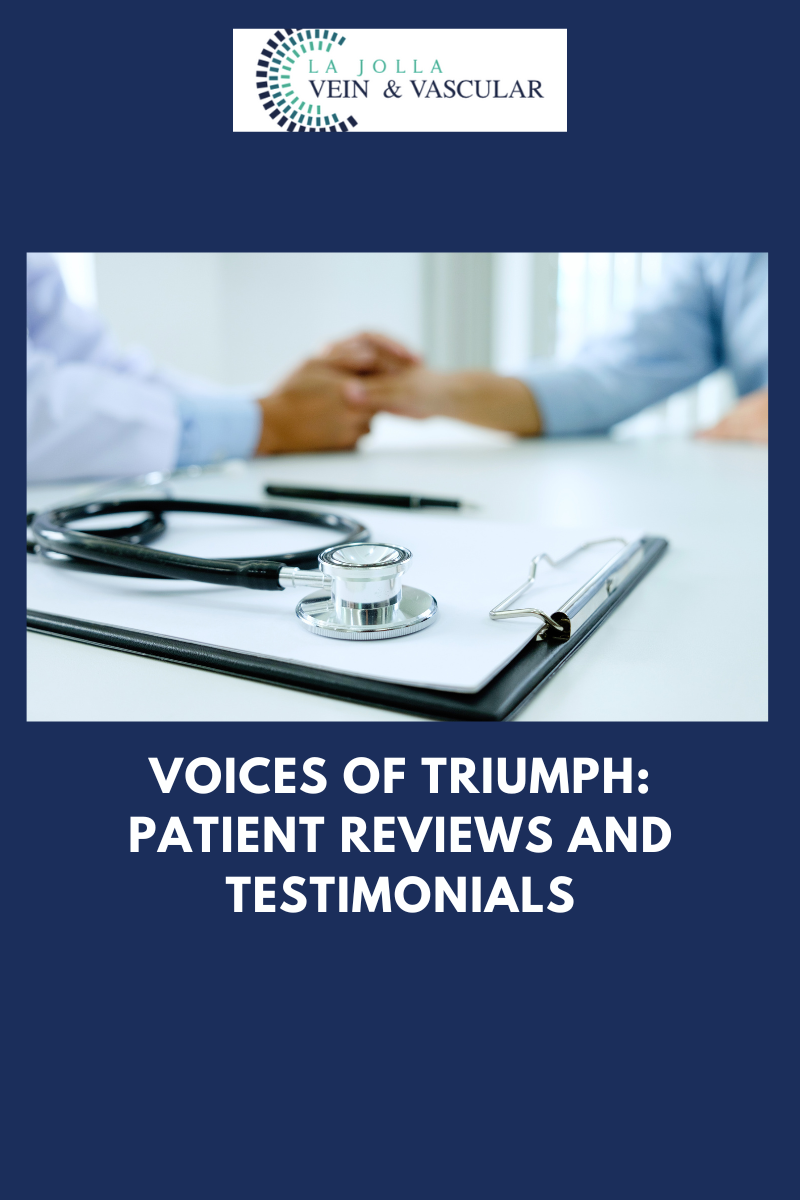What you need to know about varicose veins and pregnancy

It’s important to know about your vein health during pregnancy.
It’s estimated that 70% to 80% of pregnant women develop varicose veins during the first trimester. Pregnancy causes an increase in blood volume; however, it’s the hormonal changes that cause the veins to enlarge. Elevated levels of progesterone, which the body produces to stabilize the uterus, allow the veins to dilate. Later, the uterus enlarges and causes increased pressure on the veins in the pelvic area. While varicose veins often disappear after delivery, the venous valves are damaged. When varicose veins are still visible after three months, it’s time to contact a vein specialist. It’s important you look good, feel good, and remain healthy—particularly after pregnancy. Here is some helpful information to better understand varicose veins.
Varicose Veins and Venous Reflux Disease
Varicose veins are the twisted, bulging veins just beneath the surface of the skin. Varicose veins are swollen, twisted veins that you can see just under the surface of the skin. These veins usually occur in the legs, but they also can form in other parts of the body. Varicose veins are a common condition.
What causes varicose veins?
Varicose veins are caused by leaky vein valves, which allow blood to pool within the veins causing them to stretch and become enlarged. Varicose veins can be an isolated finding, but the majority of the time, they are caused by underlying venous reflux disease. Venous reflux disease is also known as venous stasis, venous insufficiency or venous incompetence. Reflux may occur in the deep and/or superficial leg veins.
In our study, led by Dr. Nisha Bunke and published in the Journal of Vascular Ultrasound in 2018, we studied over 1,000 legs with varicose veins. Over 90% of the time, the source of the varicose veins were the great and small saphenous veins. The Great Saphenous Vein (GSV) courses up the middle of the thigh and calf and the small saphenous vein (SSV), which courses along the back of the calf. Normally, there are one-way valves within the leg veins, which help blood flow in one direction: toward the heart. This means blood is traveling against gravity. The calf muscle also helps move blood toward the heart. When vein valves are leaky, blood flows backward (reflux) towards the feet. Blood pools in the lower legs, causing bulging veins at the surface.
What are the symptoms of varicose veins and venous reflux disease?
The symptoms can include:
- Aching, tenderness
- Heaviness, fatigue
- General restlessness in the legs
- Burning pain
- Throbbing pain
- Itching
- Leg cramps, particularly at night
- Ankle swelling
- Skin discoloration at the ankle
- Skin ulcers above the ankle
Over time, complications can develop from untreated veins. These include:
- Superficial phlebitis (painful inflammation of the vein)
- Superficial thrombophlebitis (blood clots within the varicose veins)
- Spontaneous vein hemorrhage (the vein can rupture spontaneously)
- Skin discoloration and eczema around the ankle (venous eczema)
- Skin sores or ulcers usually near the ankle
If you experience any vein disease symptoms, please call our office at (858)-550-0330 to schedule a consultation with one of our knowledgeable doctors at La Jolla Vein and Vascular.
For more information on vein health please check out our Youtube Channel or visit our helpful guide of resources.





